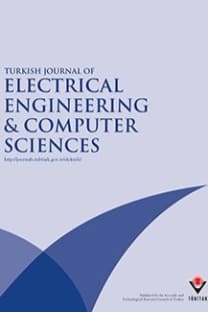Performance of support vector regression machines on determining the magnetic characteristics of the E-core transverse flux machine
E-core transverse flux machine, magnetic characteristics, artificial neural network, support vector regression machines
Performance of support vector regression machines on determining the magnetic characteristics of the E-core transverse flux machine
E-core transverse flux machine, magnetic characteristics, artificial neural network, support vector regression machines,
___
- Conclusion
- ETFMs have a unique structure and major advantages in electrical machines.
- Determination of the very nonlinear magnetization characteristics (flux linkage and torque) of ETFMs is quite important for accurate performance prediction, modeling, and design verification.
- ISSN: 1300-0632
- Yayın Aralığı: Yılda 6 Sayı
- Yayıncı: TÜBİTAK
Predictive control of a constrained pressure and level system
ERKAN KAPLANOĞLU, TANER ARSAN, HÜSEYİN SELÇUK VAROL
Model-based test case prioritization using cluster analysis: a soft-computing approach
NİDA GÖKÇE, FEVZİ BELLİ, MÜBARİZ EMİNLİ, BEKİR TANER DİNÇER
Levent CİVCİK, Burak YILMAZ, Yüksel ÖZBAY, Ganime Dilek EMLİK
Novel congestion control algorithms for a class of delayed networks
Shoorangiz Shams Shamsabad FARAHANI, Mohammad Reza Jahed MOTLAGH, Mohammad Ali NEKOUI
Synthesis of real-time cloud applications for Internet of Things
Slawomir BAK, Radoslaw CZARNECKI, Stanislaw DENIZIAK
ÇİĞDEM GÜNDOĞAN TÜRKER, FERİHA ERFAN KUYUMCU, NURHAN TÜRKER TOKAN
Mehmet AKAR, Mahmut HEKİM, Umut ORHAN
DWMT transceiver equalization using overlap FDE for downlink ADSL
